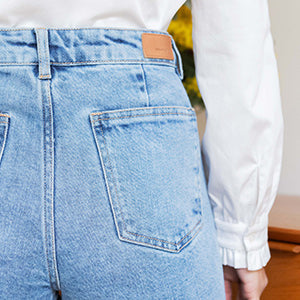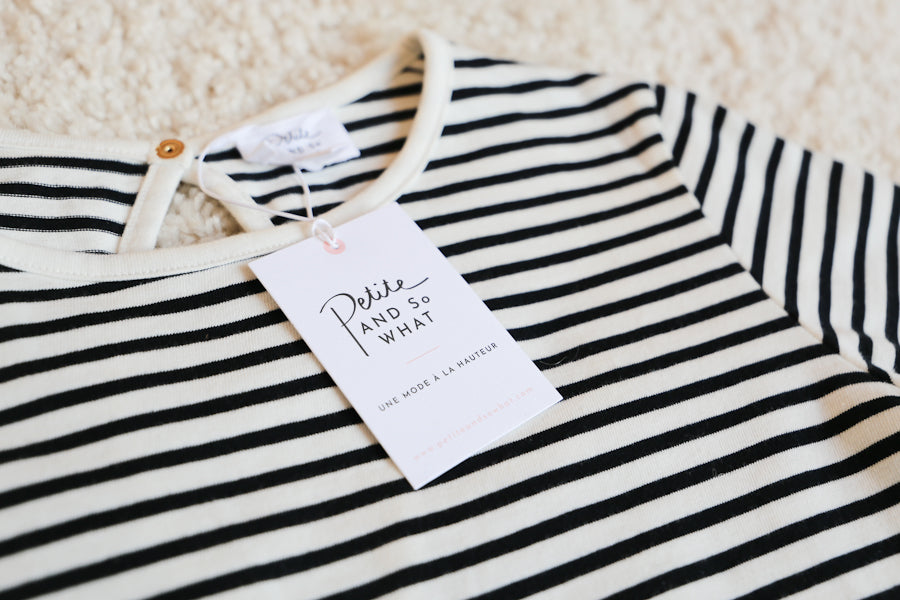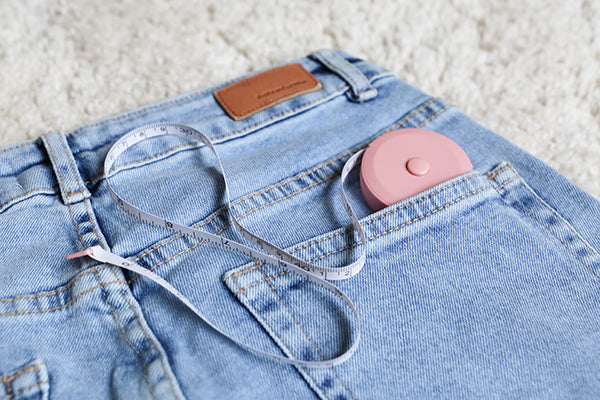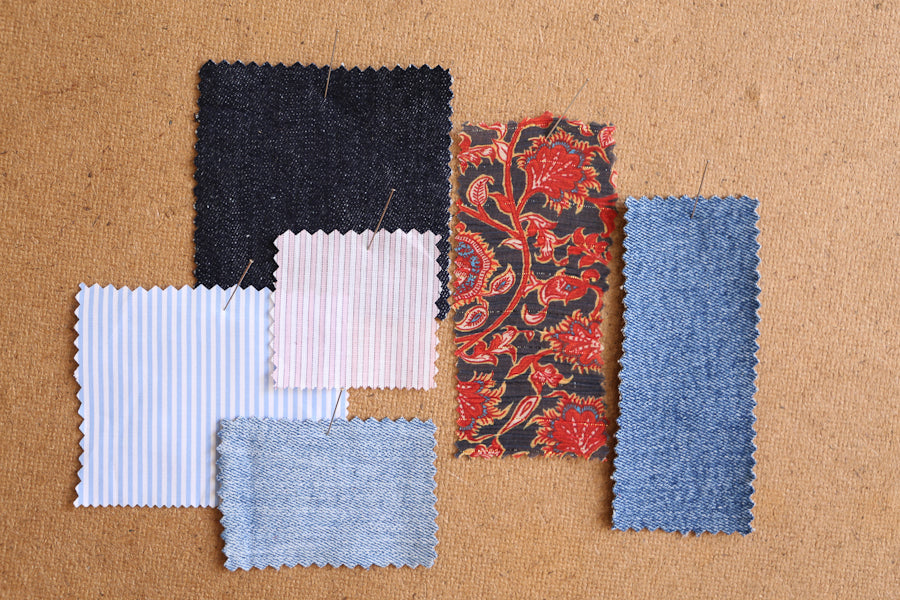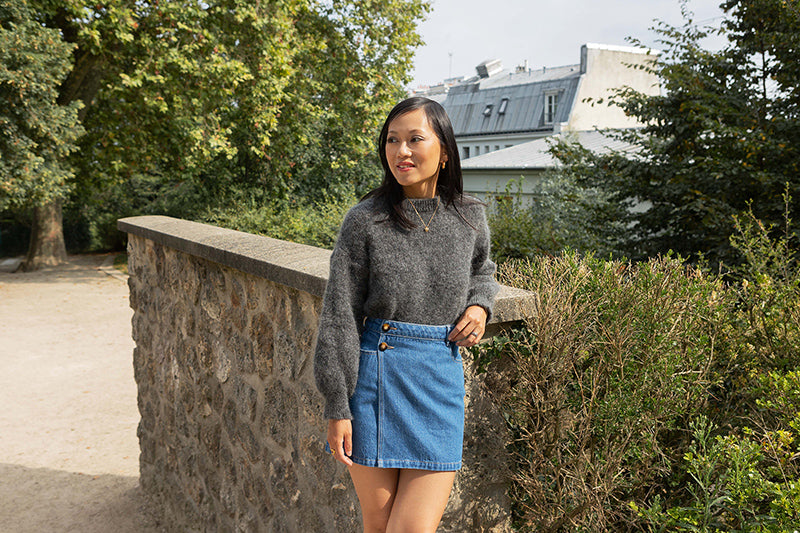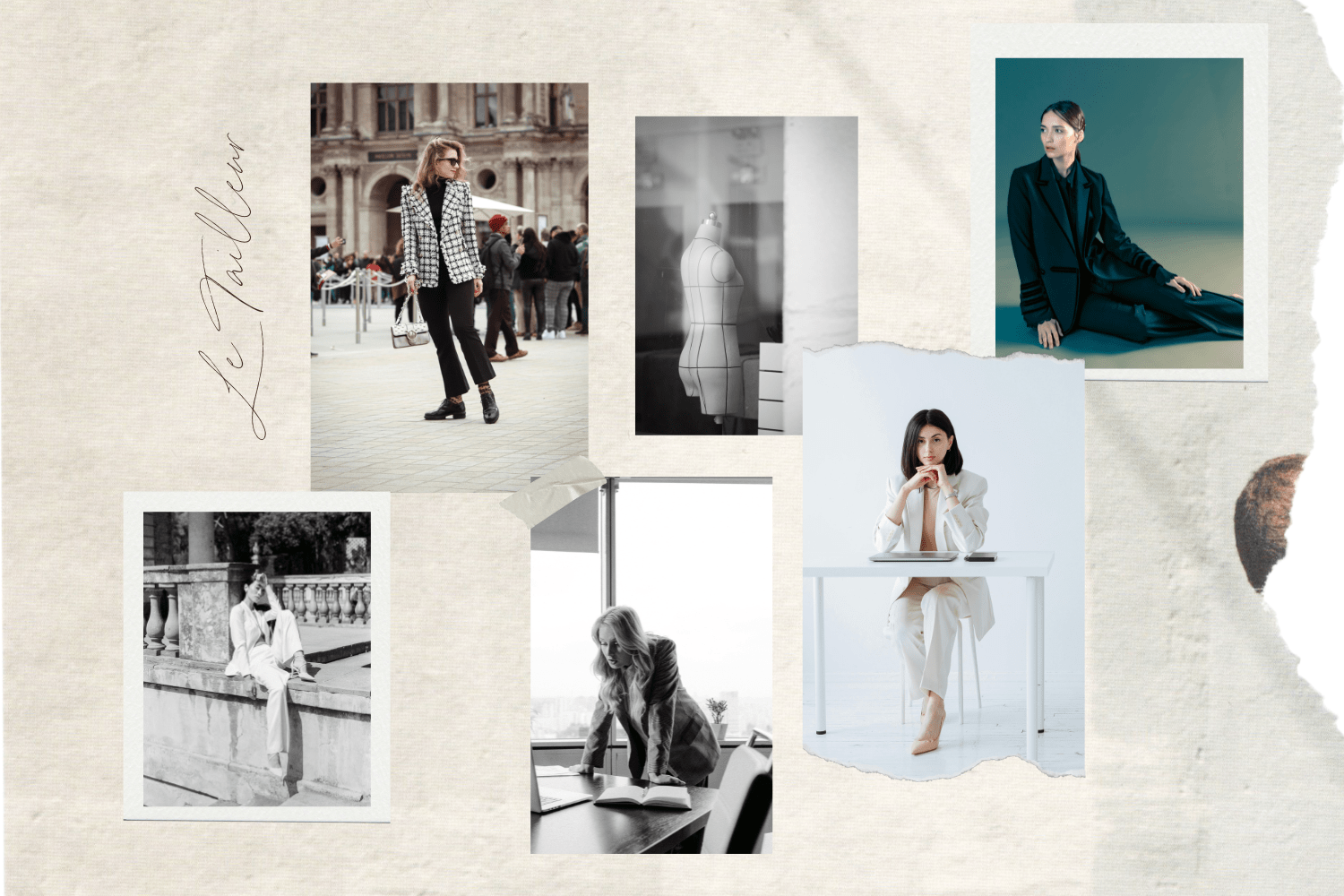A true symbol of emancipation and refinement, the suit has become an essential part of the feminine closet . Long reserved for men, it has crossed the decades to become a symbol of elegance and power for women. Discover with us the fascinating history of this iconic piece, from its revolutionary beginnings to its timeless status today.
From men's uniforms to women's clothing
At the end of the 19th century, women began to adopt more practical clothing, marking the beginnings of women's tailoring. Inspired by men's suits, the first women's suit was created in 1885 by British couturier John Redfern. At the time, it was aimed primarily at upper-class women, who wanted clothes more suited to outdoor activities such as riding or walking.
However, this tailoring remains relatively strict and rigid, still influenced by the masculine cuts of the time, with long skirts and slim-fitting jackets, symbolizing a sober elegance.
The Chanel Revolution
Greatly helped by the passage of the two World Wars, the tailor was democratized under the effort to enable women to work more easily. It became a symbol of inspiration for many designers, including Gabriel Channel, known as Coco. It was in the early 1920s that tailoring really took off, under the impetus of Gabrielle "Coco" Chanel. Inspired by men's jackets, Chanel imagined a softer, more comfortable version adapted to the female figure. She modernized it using noble materials like tweed and more fluid cuts, freeing women from rigid corsets. The famous Chanel suit, with its collarless jacket and knee-length skirt, quickly became a symbol of modern elegance.
It was at this time that actresses and socialites such as Marlene Dietrich began to adopt the trouser suit, marking the beginnings of the androgynous outfit .
Emancipation in the 60s
The 1960s marked a new revolution in tailoring. It was Yves Saint Laurent who redefined the codes with the launch of the legendary "tuxedo for women" in 1966. For the first time, women made a traditionally masculine garment their own, and pants made their way into women's dressing rooms. Worn with a white shirt and black pants, this tuxedo embodies emancipation and power, while making a bold statement of sensuality and femininity.
Saint Laurent's pantsuit became an emblem of women's liberation and the evolution of fashion. It was quickly adopted by icons such as Catherine Deneuve and Bianca Jagger, and is now considered a staple of women's wardrobes.
At the time, the outfit was still controversial enough to get high-society Nan Kempner turned away from a trendy New York restaurant. The rumor goes on to say that she took off her pants and wore the blazer as a mini-dress.
Micro-trottoir excerpts from the time tell us that one woman, when asked about restaurants that refused women wearing trousers, replied: "I'd rather change restaurants than clothes".nterrogated about restaurants refusing women wearing pants, she replied: "I'd rather change restaurants than clothes". The subject was divisive, but created a craze that the world could no longer shake off, invading both the red carpet and the street.
It was Diane Keaton's jacket-and-tie character in 1977'sAnnie Hall, as well as her public appearances in a pantsuit, that continued to popularize this outfit.
The 80s and tailoring in power
The 1980s saw a new evolution in tailoring. This was the era of the "power suit", a broad-shouldered, structured suit that symbolized the power of women in the professional world. At a time when women were making their mark in fields previously dominated by men, the suit became the symbol of the modern, assertive and ambitious woman.
The "power suit" is often associated with Margaret Thatcher, who embodied a new era of female leadership, where fashion also reflected strength and authority.
Today's timeless, versatile tailor
Today, tailoring has shaken off its formal connotations to become an essential part of every wardrobe. Whether in skirt or trouser version, it is synonymous with femininity and elegance. Contemporary designers adapt it with a variety of cuts, fluid or structured fabrics, and colors ranging from neutral to vivid hues.
At Petite and So What, we've revisited this classic to suit the figure of petites women. Our suits are designed to combine comfort, modernity and style. From tailored cuts to sophisticated details, each model enhances femininity while remaining chic and timeless.

